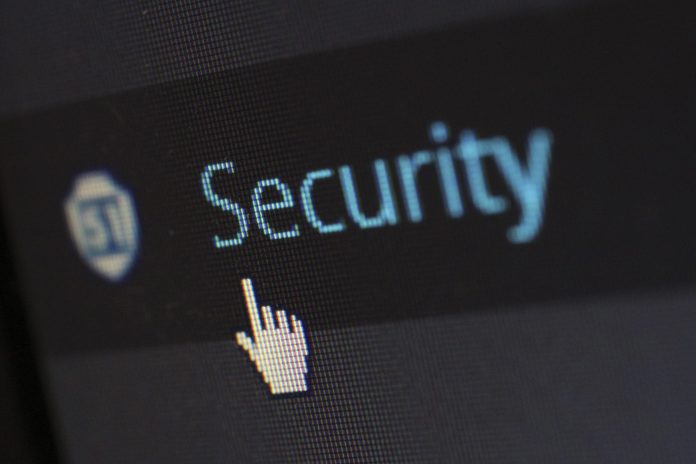The IoT launch occurs while the FBI is reportedly urging U.S. firms to stop using Kapersky Lab’s security solutions
Kaspersky Lab has released a beta version of its solution for the smart home and the internet of things (IoT) – Kaspersky IoT Scanner. This free application for the Android platform scans the home Wi-Fi network, informing the user about the devices connected to it and their level of security.
Citing data from Gartner, the Russian firm said that more than six billion IoT devices are currently being used worldwide, and many of them have already fallen victim to cybercriminals.
Kaspersky IoT Scanner automatically identifies smart devices such as Wi-Fi routers, IP cameras, Smart TVs, Wi-Fi printers, NAS network storage devices, media servers and game consoles, as well as computers, tablets or smartphones, in the home network. The solution notifies the user when any new or familiar device is connected to, or disconnects from, the network.
The solution scans all devices for known vulnerabilities. In addition, Kaspersky IoT Scanner notifies the user about any problems with passwords for the Wi-Fi router in order to prevent unauthorized access to connected IoT devices.
Kaspersky Lab said the solution is available for beta testing in Google Play in Russian and English in a limited number of countries.
In related news, the U.S. government has admitted that the FBI has been discouraging local companies from using security products from Kaspersky Lab, according to local press reports.
Rob Joyce, the US government’s cyber security coordinator, said that the agency has been actively trying to convince U.S firms to stop using products and solutions from the Russian security firm.
According to the reports, the FBI believes that Kaspersky Lab has close ties with the Russian government. The agency believes that the data collected by the firm’s antivirus solution is being shared with the Russian authorities. In a move to eliminate suspicious, Kapersky’s CEO released the solution’s source code to U.S. government officials in July.

